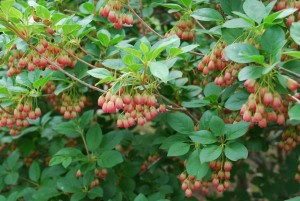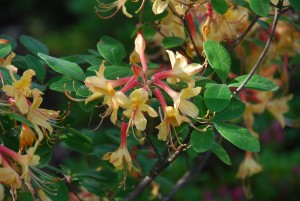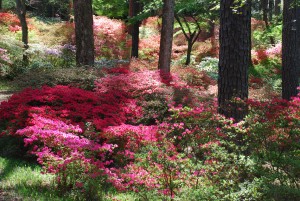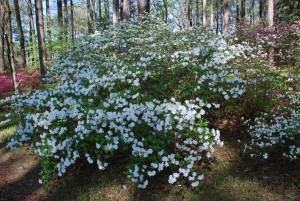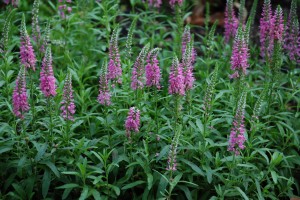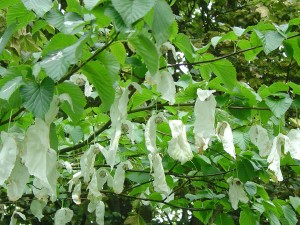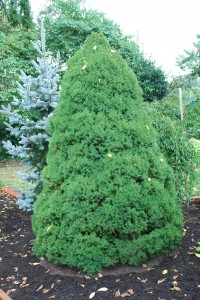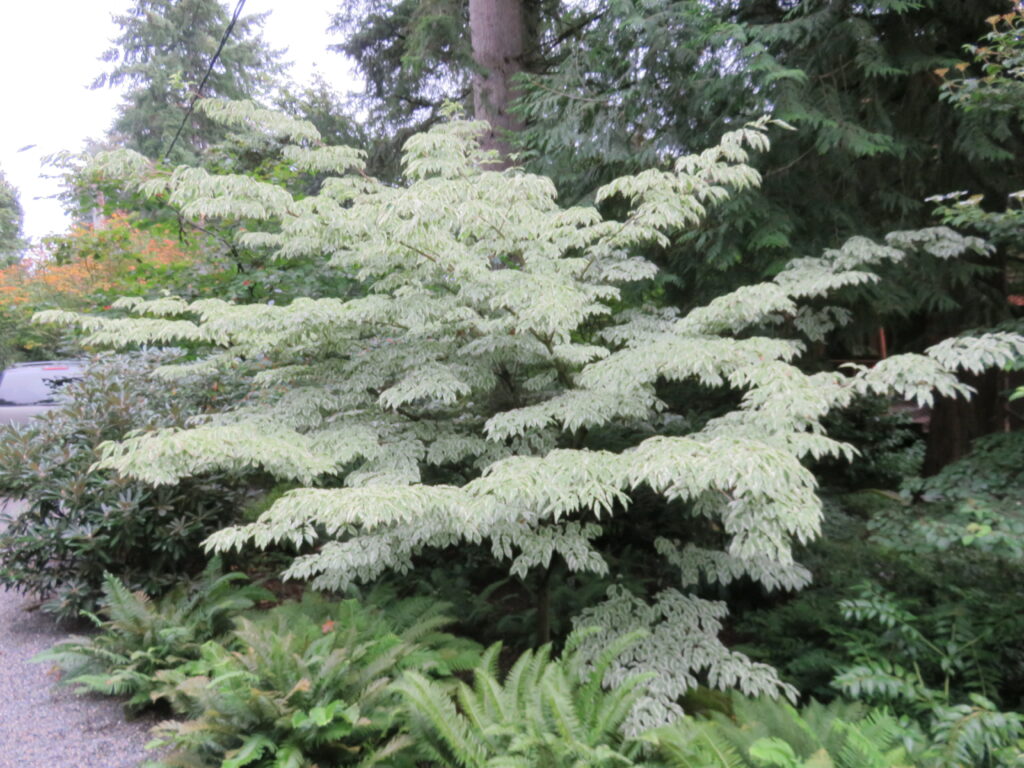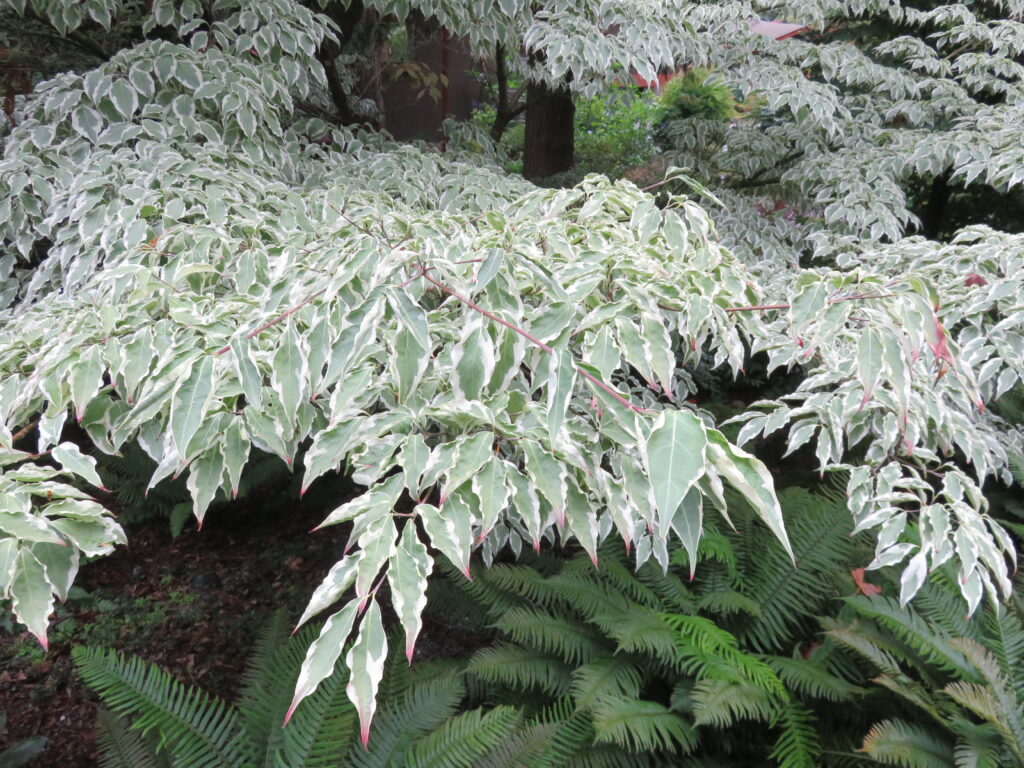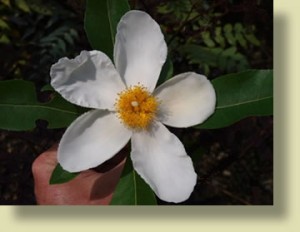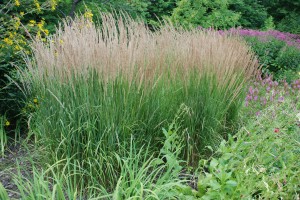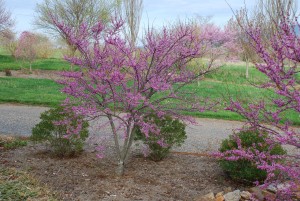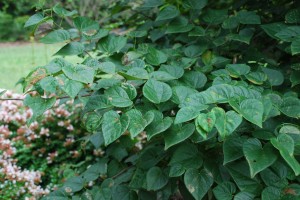From the photo, looks like a pieris? No, it’s redveined enkianthus (Enkianthus campanulatus) and its brightly colored bell-shaped flowers are attention getters in the early May garden. Lovely cream yellow to orangy red bell shaped flowers are faintly red veined. The bell shaped blooms exude a slight scent, one that you may like or not.
From the start, growth rate is slow, but once established, shrubs mature to 8 to 12 feet in height and about the same in spread. Culture is similar to azaleas, pieris and rhododendrons which they are related to. Enkianthus grows well in full sun to light shade. They are not as fussy regarding pH and moisture needs, provided the soil is well drained. Enkianthus becomes well established within two years, and are rated as moderately drought tolerant. Do provide supplemental irrigation during the driest periods of summer.
Over twenty cultivars are listed, varying in flower colors from near white (pale cream), pink and red. Fall color is quite variable among vcultivars and growing site from yellow, orange or red. Enkianthus has no serious disease or insect problems.

